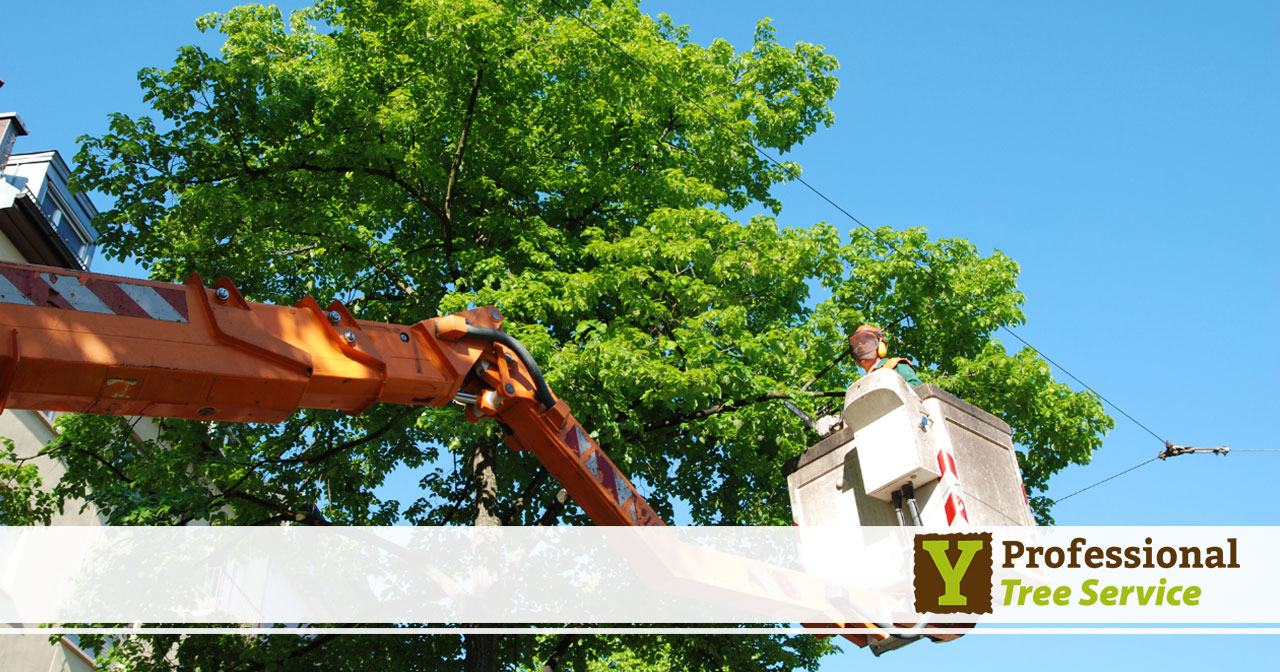
Are you tackling your first tree trimming project and unsure where to start? This guide to tree trimming offers essential tips for achieving effective results. The right techniques are crucial whether you aim to enhance your garden’s aesthetic or maintain healthy tree growth.
In this blog, we’ll explore the best practices that ensure your trees not only survive but thrive. From choosing the correct tools to understanding the best times for trimming, prepare to transform your approach to tree care.
Mastering the Art of Tree Trimming
Tree trimming is an essential practice for any homeowner or gardener. It enhances the beauty of your landscape and promotes the health and longevity of your trees. In this comprehensive guide, we’ll walk you through various techniques and considerations to keep in mind as you manage your tree care.
Understanding the Basics
Before you start, it’s crucial to understand the importance of tree trimming. Removing dead or diseased branches helps prevent the spread of decay, facilitates better sunlight exposure, and improves air circulation throughout the canopy. This proactive care significantly reduces the risk of falling branches and maintains the tree’s structural integrity.
Choosing Your Tools
Choosing the right tools is crucial for effective tree trimming. Pruning shears are adequate for small branches. For thicker branches, loppers or a pruning saw are necessary. Always ensure your tools are sharp and clean to make precise cuts and minimize the risk of disease transmission.
Best Practices for Effective Trimming
- Timing Matters: The ideal time for tree trimming is during their dormant season, usually in late fall or early winter. This timing reduces stress on the trees and promotes vigorous growth come spring.
- The technique is Key: Always cut outside the branch collar, the swollen area of trunk tissue that forms around the base of a branch, to help the tree heal efficiently without leaving stubs.
- Safety First: Prioritize safety when trimming higher branches. If the job requires climbing or handling large branches, consider hiring professionals.

Advanced Techniques
To enhance your skills, learning about topping, raising, and thinning can provide deeper insights into tree care:
- Topping involves reducing a tree’s size but can weaken the tree if overused.
- Raising removes lower branches to clear space for buildings or vehicles.
- Thinning improves structure and light penetration, beneficial for the tree’s undergrowth and overall health.
Seasonal Care and Maintenance
Seasonal care is vital for tree health. Spring and summer bring about active growth, requiring vigilant pest management and regular watering, especially in dry periods. Mulching helps retain soil moisture and control temperature, protecting roots from extreme heat and cold.
Recognizing Tree Stress and Disease
Recognize signs of stress such as leaf discoloration, premature leaf drop, or excessive dead wood. Early detection and treatment, including pruning and consulting arborists, can prevent tree decline.
Environmental Considerations
When trimming trees, consider the local environment. Be aware of local wildlife that might depend on your trees for habitat, and adjust your trimming practices to minimize disruption. Also, consider how each tree fits into your landscape design to balance functionality and beauty.
By applying these practices, your trees will thrive, enhancing your property’s value and appearance.
Guide to Tree Trimming: Ensuring Long-Term Success
In this guide to tree trimming, we’ve explored the essential techniques that ensure effective results and long-term health for your trees. Understanding proper timing, methods, and tools equips you to improve your landscape’s beauty and health.
Are you interested in taking your tree care to the next level? Contact our expert arborists today for personalized advice and professional services. Together, we can ensure your trees flourish, adding beauty and value to your property for years.
Don’t wait! Reach out now and give your trees the care they deserve.
